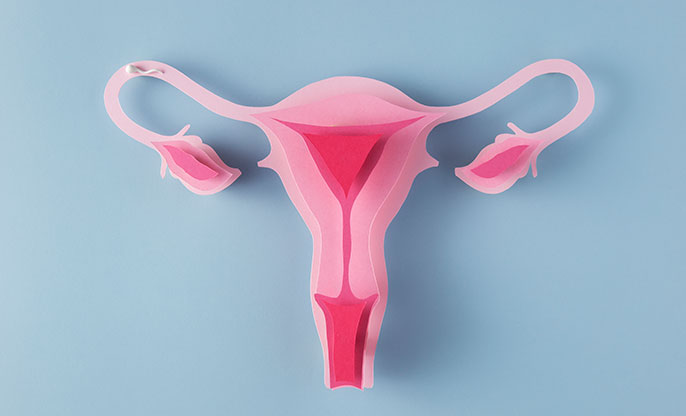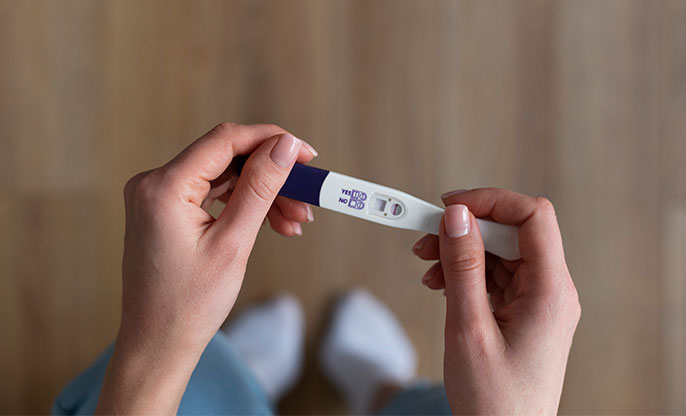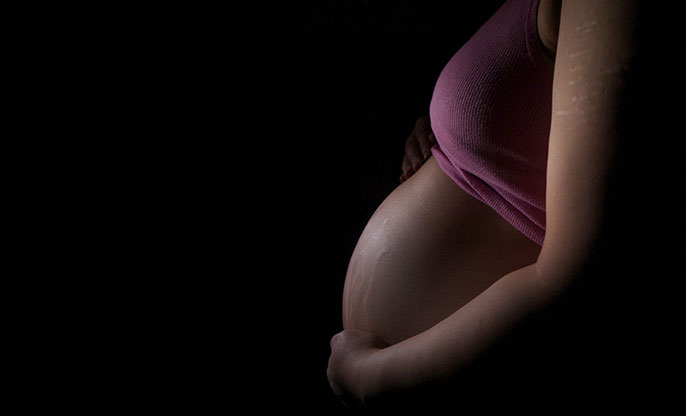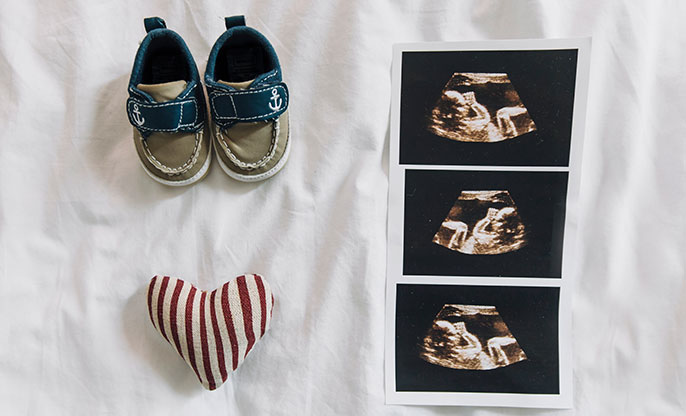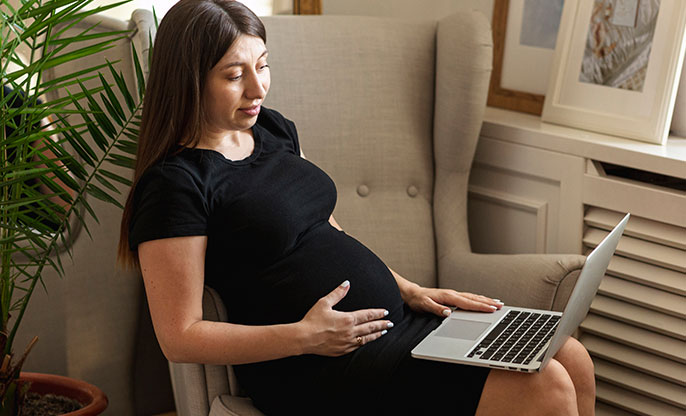
In this article you will learn about:
Management of fibroids in pregnancy
Different treatments
Now that you know how fibroids in different stages of pregnancy may feel, let's discuss what your healthcare provider can do to manage them.
Hormone Treatment
Your doctor may prescribe hormone treatment to help shrink the fibroids and control their growth during pregnancy. This is an effective way to manage fibroids and ensure a healthy pregnancy for you and your baby.
The hormone treatment will help control the fibroids' size and growth, which can cause problems. It's important to take the medication exactly as prescribed and keep all appointments with your doctor so that they can track the progress of the treatment.
Ultrasound Treatment
Your doctor may also want to treat your uterine fibroids with ultrasound. This non-invasive treatment uses high-frequency sound waves to destroy the fibroid tissue. It's safe for you and your baby and can be done in your doctor's office.
Ultrasound treatment is most effective when used early in the pregnancy before the fibroid has had a chance to grow too large. However, it can be used at any stage of pregnancy. The treatment is usually successful in shrinking the fibroid and relieving symptoms.
Fibroid Embolization
Some women with fibroids may choose to undergo a procedure known as "fibroid embolization." Fibroid embolization is a minimally invasive procedure that blocks the arteries that supply blood to the fibroids. This starves the fibroids of oxygen and nutrients, which causes them to shrink.
Fibroid embolization is not recommended for pregnant women in their third trimester because it can trigger premature labor. It is also not recommended for women who are breastfeeding. So, if you are considering fibroid embolization during pregnancy, talk to your doctor about the risks and benefits involved.
Myomectomy
If your fibroids are too large to manage with medications or if they are causing complications, your doctor may suggest a myomectomy. This procedure is the surgical removal of fibroids, which can be done during pregnancy.
However, due to the risk of maternal and fetal complications, myomectomy is usually done in the second trimester of pregnancy to minimize the risks to the mother and baby. Your doctor must also monitor your blood pressure and other vital signs during the procedure.
Your doctor may also suggest a laparoscopic myomectomy. This is a minimally invasive surgery where small incisions are made in your abdomen, and a tiny camera is used to locate and remove the fibroids. It's generally less risky for you and your baby than traditional surgery and recovery time is shorter.
